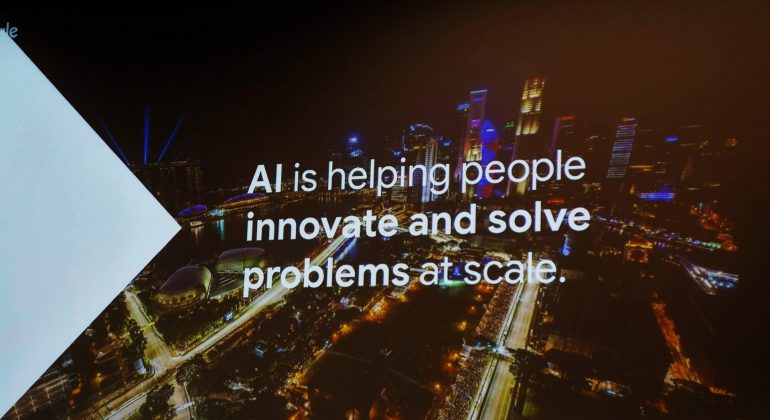The aim Artificial Intelligence (AI) is to hopefully be of good use for humanity. With Google being one of the main leaders in this sector, they are taking it one step further – empowering the average with Machine Learning (ML). At the current state of things, only a minute number of developers have the experience in this sector due to its high complexity.
To solve this, while enabling the rest of the developers, they opened up the ML capabilities with the use of their Application Programming Interface (API). With a simple call, programmers can make use of complex deep learning features without being experts in the ML field.
Keeping Translations Simple
With globalization, teams working together from all over the world became a norm. However, there will bound to be communication issues due to language barrier. However, it is not easy to build a model to perform this feat with ease as translating and even interpreting texts of various languages is extremely difficult.
Google solves this by providing their Cloud Translation API for developers to easily use with an API call. Build with ML in mind, it also improves over the typical word/phrase-based translation by translating sentences as a whole. This allows for a more accurate translation by understanding the underlying meaning. It is also not just all talk, with this functionality being actively used by ELEX in Clash of Kings, and Vice Media to reach more audiences of differing languages.
Everyone can perform Image Classification
As previously mentioned, Google also has the capabilities to analyze images with its own researchers participating in various areas like detecting diabetic retinopathy. As such, some of the research used previously has been integrated into their Vision API, which allows users to detect faces and gather several types of information from it. From the deduction of emotions to tagging descriptors to each image, users can receive useful information in a programming-friendly form of JSON. It does not stop there. Customers can also search when various objects that appear in each video without use of metadata. With image classification becoming more accurate than actual humans, the amount of work done in this field is looking to pay off.
Google also allow users to make use of its Cloud AutoML to customize the provided image classification models to their own liking. By easing the usage of supervised learning in ML, users can create and test their custom model with their own set of data. Google assured us that the media uploaded using the API will not be used as Google’s training data, and your privacy is protected.
Cloud AI platform
With this platform, it has enabled companies to perform complex tasks without requiring any expertise on their end. From text-based classification of emails received by Ocado to the detection of dominant colors for Herman Textile Window Fashions, it is without a doubt that Google has impacted businesses in one way, shape, or form. Add the usage of TensorFlow and Google’s very own TPU, both side of the software/hardware spectrum is covered.






